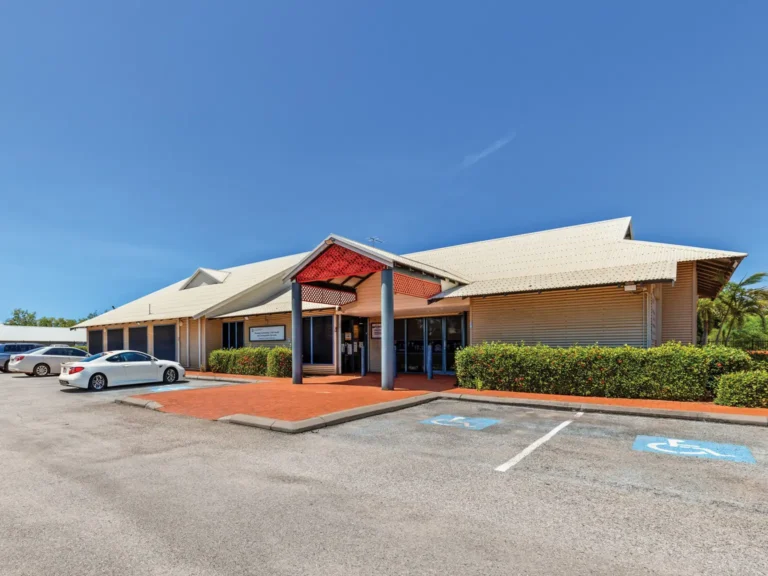
Investors recognise the value of early education
As Australia’s population continues to soar, and State and Federal Governments continue to increase funding, demand for childcare and early learning remains insatiable as investors seek defensive assets to secure their long-term financial well-being.
Over the March quarter, Burgess Rawson sold more than $68 million in early education centres, achieving a blended yield of 5.3%.
Transactions include the $9.92 million off-the-plan sale in the rapidly growing Western Sydney suburb of Gledswood Hills, which transacted on a net yield of 5.1%. Delivered by education-specific developer Jeckra, the energy-efficient building will be occupied by Futuro Early Learning on a 20-year net lease plus options.
Other highlights include three impressive Queensland deals; the stunning childcare centre in Rochedale South leased to Guardian sold for $6.17 million, achieving a record yield (for 2023) of 4.88%, along with the $6.1 million sale of the Oak Tree Academy leased centre in Woodford, which achieved a yield of 5.2%. Finally, an Affinity Education leased centre in the Gold Coast suburb of Robina sold for $8.8 million, on a yield of 5.43%.
Burgess Rawson QLD Managing Director, Adam Thomas said the strong outcomes were predominantly due to the low-risk factor of the asset class combined with the increased government funding being allocated to the sector.
The Federal Government recently announced it would invest a further $4.7 billion into early learning over the four years from FY2022-23.
Furthermore, annual federal government funding into the sector is expected to increase by 44% to $14.11 billion in FY2026. A 20% increase is forecast in FY2024 due to the implementation of the Government’s Cheaper Child Care’ plan in July 2023, according to the Department of Education.
This coincides with substantial support from State Governments, with Victoria earmarking $9 billion, and NSW receiving $5 billion over the next decade.
REA Group Economist, Anne Flaherty said the growing population coupled with the rise in the average weekly hours of required childcare will see demand for these assets increase even further.
“The average weekly hours of use per child rose by 8% between September 2017 and September 2021, and is expected to continue to record strong annual growth as more parents return to work,’ she said.
Mr Thomas said that long-term lease commitments and location are also underpinning demand (i.e. main road positioning or proximity to primary schools).
He added that newer, more energy-efficient centres are also attracting particularly strong interest from a broader range of clients including superfunds and institutional investors.
“These assets are proven performers with yields stable, even in light of interest rate hikes and economic volatility.’
“This is further backed by historical evidence which shows that since 2017, yields have continued to tighten.’
“Our data indicates yields for early learning centres compressing by more than 100 basis points over the past five years, from 6.2% in 2018 to 5.1% in 2022.’
Mr Thomas added that early learning assets are lower risk than assets such as shares, which are strongly influenced by investor sentiment and economic cycles.



